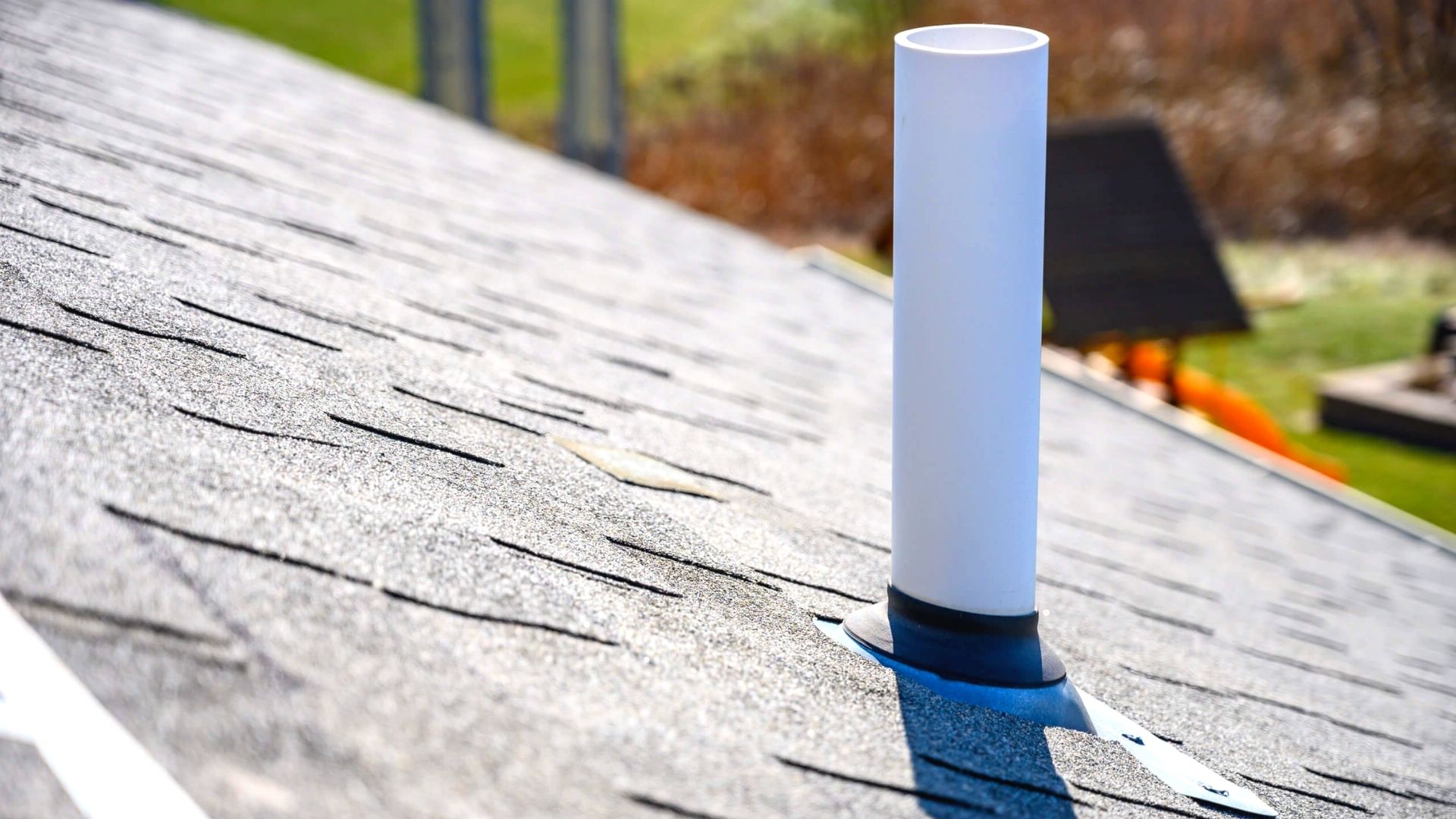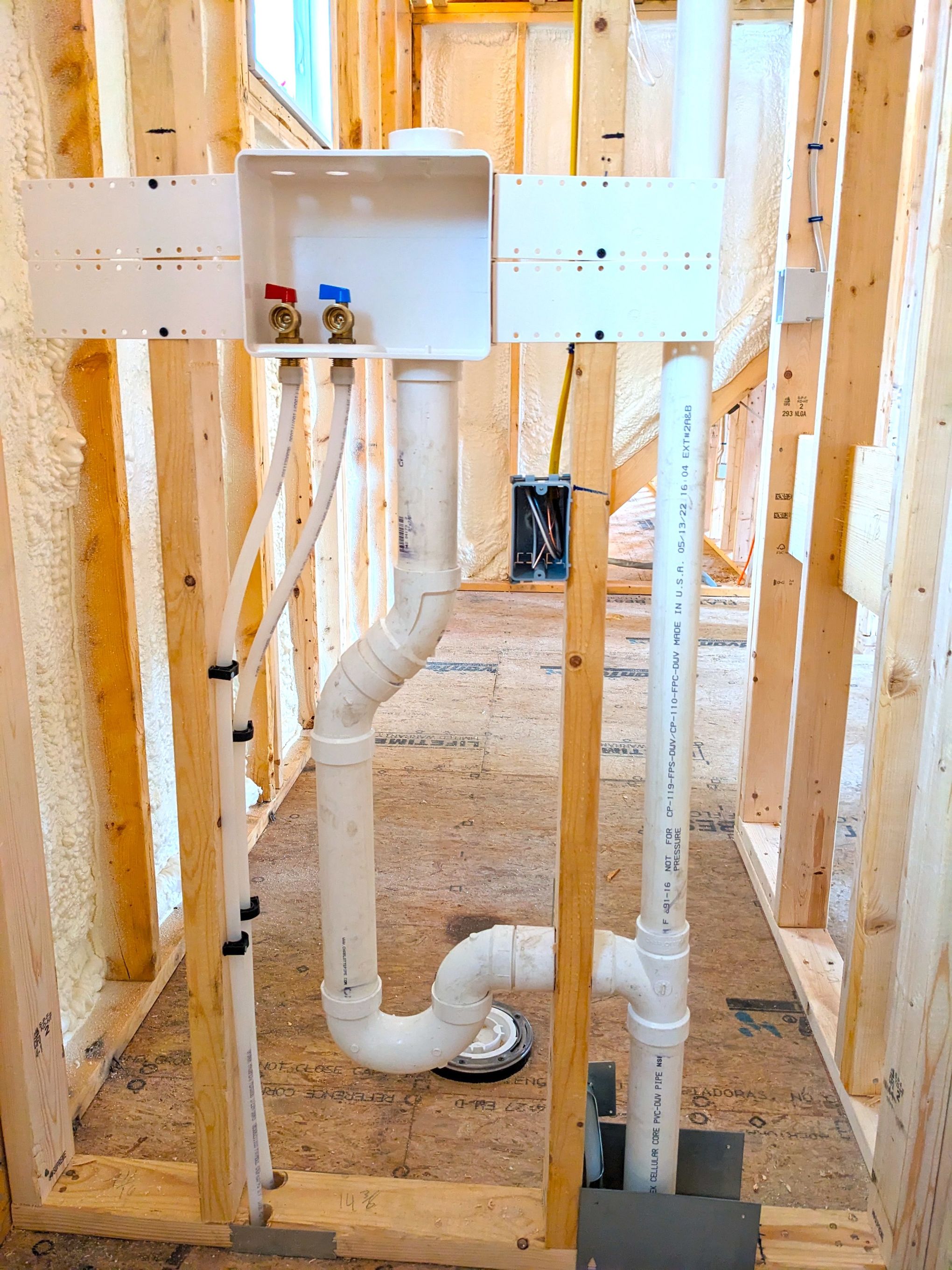The Reasons Why Adequate Ventilation is Crucial for Plumbing Systems
The Reasons Why Adequate Ventilation is Crucial for Plumbing Systems
Blog Article
The writer is making a number of good points related to What Is A Plumbing Vent & How Do They Work? overall in this great article directly below.

Correct air flow in plumbing systems is usually ignored, yet it is crucial for keeping the functionality and security of your home's plumbing. Air flow assists regulate atmospheric pressure, avoid the accumulation of hazardous gases, and ensure the efficient elimination of waste. In this guide, we will certainly check out the importance of correct plumbing air flow, exactly how it works, and the benefits it gives your pipes system.
How Air Flow Functions in Plumbing Equipments
Air Pressure Regulation
Appropriate air flow keeps well balanced air pressure within the pipes system. When water flows through pipelines, it displaces air. Without adequate ventilation, this displacement can produce adverse stress, resulting in slow drains pipes or siphoning of water from traps, which can cause undesirable smells to leak into the home.
Stopping Sewer Gas Accumulation
One of one of the most critical features of pipes vents is to stop sewer gases, such as methane and hydrogen sulfide, from building up within the home. These gases can position serious wellness risks and are very combustible. Vent pipelines enable these gases to leave safely outdoors.
Helping in Waste Removal
Ventilation aids in the effective removal of wastewater by preventing airlocks in the water drainage system. When air can flow freely via the vents, it allows water and waste to stream smoothly with the pipelines, lowering the threat of obstructions and backups.
Benefits of Proper Ventilation
Improved System Efficiency
Correctly ventilated plumbing systems operate much more efficiently, with fewer obstructions, faster draining, and much less stress on the pipes. This efficiency extends the lifespan of the plumbing system.
Improved Air Top Quality
By avoiding sewer gases from entering your home, appropriate ventilation adds to much better interior air top quality, making your living environment healthier and more comfortable.
Preventing Water Damage
Adequate ventilation helps prevent water from being siphoned out of catches, which can lead to sewage system gases going into the home and causing water damage gradually.
Actions to Guarantee Proper Air Flow
Consulting Plumbing Codes
Always get in touch with local pipes codes when making or customizing your plumbing system. These codes give the essential standards for correct airing vent and guarantee your system fulfills safety criteria.
Regular Examination and Maintenance
Regular examinations can aid identify prospective ventilation concerns prior to they become major troubles. Maintenance tasks, such as cleaning up air vent pipelines and looking for blockages, are necessary for maintaining the system in good working order.
Professional Installation
For new setups or significant modifications, it's wise to work with a professional plumbing. They have the proficiency to ensure the ventilation system is appropriately designed and installed according to code.
Recognizing Air Flow in Pipes
Air flow in pipes describes the network of pipelines that allow air to move through the drain system. These vents offer several objectives, including managing atmospheric pressure within the pipelines, preventing sewer gases from going into the home, and helping in the smooth flow of wastewater.
Types of Pipes Vents
Key Stack Vent
The primary stack air vent, additionally called the air vent pile, is the key vent in a plumbing system. It expands from the primary drain line up through the roof, permitting gases to run away and fresh air to get in the system.
Branch Vent
Branch vents attach to the primary pile vent and serve private components, such as sinks, bathrooms, and showers. These vents make certain that each component has appropriate ventilation to operate effectively.
Air Admission Shutoff (AAV).
An Air Admittance Shutoff (AAV) is a one-way valve that allows air to get in the pipes system without the demand for a typical air vent pipe prolonging through the roof. AAVs are generally utilized in renovations or areas where mounting a common vent is not practical.
Indicators of Poor Ventilation in Pipes.
Slow Draining Fixtures.
If your sinks, tubs, or commodes are draining gradually, it could be an indicator of bad air flow. Inadequate air flow can produce a vacuum result, making it challenging for water to drain appropriately.
Gurgling Sounds.
Gurgling sounds coming from drains pipes are often a result of air being drawn with water traps due to negative stress in the pipes. This is a clear indicator of inadequate air flow.
Unpleasant Smells.
Sewage system smells inside your home are a warning that your plumbing system is not appropriately ventilated. This might indicate that drain gases are not being appropriately aired vent outside, causing possibly hazardous problems.
Usual Air Flow Errors.
Insufficient Vent Sizing.
Using undersized air vent pipes can cause inadequate air flow and stress inequalities in the system. It's essential to use vents that fulfill the certain demands of your plumbing system.
Improper Vent Positioning.
Placing vents also far from the fixtures they serve can minimize their effectiveness. Correct placement makes certain that air can flow easily and efficiently through the system.
Ignoring Code Demands.
Building codes give details guidelines for pipes air flow. Ignoring these codes can result in a system that stops working to operate appropriately and may bring about pricey fixings or carcinogen.
Final thought.
Proper ventilation is a critical component of any plumbing system, guaranteeing that it functions efficiently and safely. By recognizing the significance of ventilation, recognizing the signs of inadequate air flow, and taking steps to maintain your system, you can avoid pricey problems and safeguard your home's air top quality.
What is a Plumbing Vent and it's used for?All plumbing systems in residential and commercials construction have a plumbing vent. It doesn’t just vent unwanted odors from the drainage system to the outside; it actually serves an important purpose by supplying air to the system.
The plumbing drainage system is actually called a drainage, waste and vent (DWV) system. When water flows down the piping, an air supply (vent) is needed to allow the water to flow. Think of the vertical pipe as a drinking straw. If you plug the top end of a straw, liquid won’t drain from it.
The DWV system in your building consists of a series of pipes connected to each fixture; they extend above each fixture, and the system terminates at an open pipe that extends through the roof. This piping allows air into the system and prevents unbalanced pressures in the piping.
?The vent also prevents the system from drawing water out of a trap at the fixture with the characteristic “glug-glug-glug” as the drain gasps for air. Plumbing traps should drain smoothly and never “glug” or gasp for air.
If you have a drain that empties slowly or gurgles as it drains, this may indicate a venting problem. If you flush a toilet and the sink gurgles, there’s definitely a vent problem. It is good idea to have a Plumber check this.
https://www.ameliashomeinspection.com/blog/what-is-a-plumbing-vent-and-its-used-for

We were introduced to that write-up about What Is A Plumbing Vent & How Do They Work? through an associate on a different domain. You should take a moment to share this blog entry if you enjoyed reading it. We thank you for your readership.
Call Today Report this page